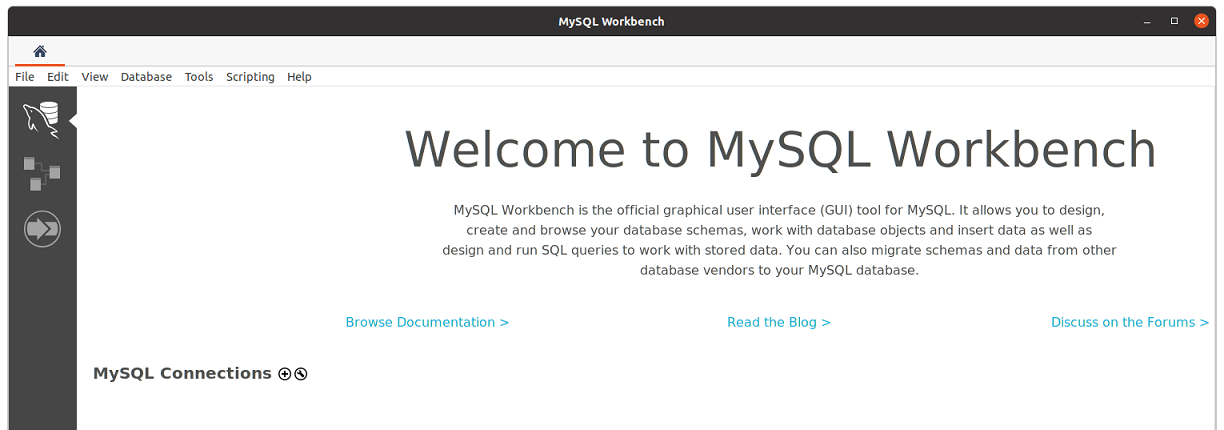How To Install MySQL Workbench on Fedora 37

In this tutorial, we will show you how to install MySQL Workbench on Fedora 37. For those of you who didn’t know, MySQL Workbench is a powerful and versatile database management tool that simplifies the process of designing, managing, and maintaining MySQL databases. It offers a user-friendly graphical interface, making it an essential tool for database administrators, developers, and data analysts. Fedora 37, a popular Linux distribution known for its stability and performance, provides an ideal platform for running MySQL Workbench.
This article assumes you have at least basic knowledge of Linux, know how to use the shell, and most importantly, you host your site on your own VPS. The installation is quite simple and assumes you are running in the root account, if not you may need to add ‘sudo‘ to the commands to get root privileges. I will show you the step-by-step installation of the MySQL Workbench on a Fedora 37.
Prerequisites
- A server running one of the following operating systems: Fedora 37.
- It’s recommended that you use a fresh OS install to prevent any potential issues.
- SSH access to the server (or just open Terminal if you’re on a desktop).
- An active internet connection. You’ll need an internet connection to download the necessary packages and dependencies for MySQL Workbench.
- A
non-root sudo useror access to theroot user. We recommend acting as anon-root sudo user, however, as you can harm your system if you’re not careful when acting as the root.
Install MySQL Workbench on Fedora 37
Step 1. To ensure a smooth installation process, it’s essential to update your Fedora 37 system and install any necessary dependencies. Open a terminal and run the following commands:
sudo dnf upgrade sudo dnf update sudo dnf install wget
Step 2. Installing MySQL Workbench on Fedora 37.
By default, MySQL Workbench is not available in the default repositories of Fedora 37, so you need to install the MySQL Yum repository on your system. To do so, open a terminal and run the following command:
sudo dnf install https://dev.mysql.com/get/mysql80-community-release-fc37-3.noarch.rpm sudo rpm -Uvh mysql80-community-release-*
After you have installed the MySQL Yum repository, you can proceed with installing MySQL Workbench by running the following command:
sudo dnf install mysql-workbench-community
Step 3. Launch MySQL Workbench on Fedora 37.
Once the installation is complete, you can launch MySQL Workbench by searching for it in the applications menu or by running the following command in the terminal:
mysql-workbench

Congratulations! You have successfully installed MySQL Workbench. Thanks for using this tutorial for installing the MySQL Workbench on your Fedora 37 system. For additional help or useful information, we recommend you check the official MySQL website.